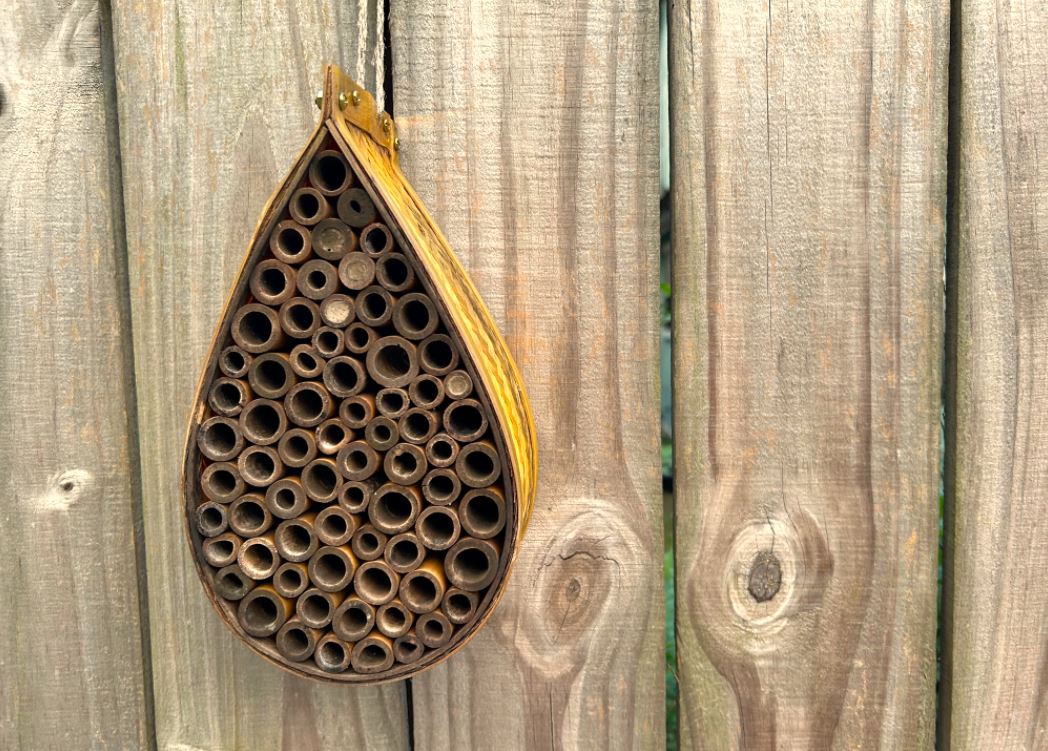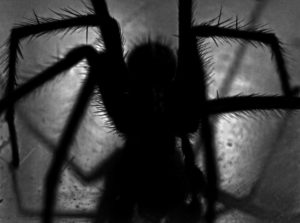The Stuckey’s stores that once dotted interstate highways offered restrooms, food and rest for travelers, including for parents tired of shushing squabbling children.
As a little squabbler myself, I loved Stuckey’s for its beehives. Each hive, built into an outside wall, let bees leave to forage. Inside, a glass pane let humans watch the hive.
I saw bees doing their famous waggle dance. It entranced me.
Honeybees have been under stress for decades, suffering from mites and succumbing to a mysterious “colony collapse disorder.”
Even so, these cows of the bee world – domesticated and cared for to benefit us – probably will be OK. Their commercial importance has brought attention and help.
But honeybees are just one of more than 20,000 bee species globally. And the other, mostly solitary bees also are stressed.
To help, I hung a bee hotel in May. It packs together bamboo tubes of varying diameters where, I hoped, lone female bees (perhaps mason bees) might lay eggs.
It worked. In October, mud caps appeared on four of the tubes. Come spring, I may be an uncle.
Insects at 30-Second Read
Scamp brings joy to the office
Meet the mason bee









May the bees and fairness and justice prevail. Thanks, Jeff.
Ditto, ditto, ditto!